(CLO) A report on October 21 by the United Nations Conference on Trade and Development (UNCTAD) said that even if the conflict ended tomorrow, Gaza's weakened economy could take 350 years to recover to pre-war levels.
“Once the ceasefire is in place and if the 2007-2022 growth trend returns, with an average growth rate of 0.4%, it will take Gaza 350 years just to restore its 2022 GDP level,” the report said.
Even then, GDP per capita would still fall “steadily and abruptly” as the population grows, the report said.
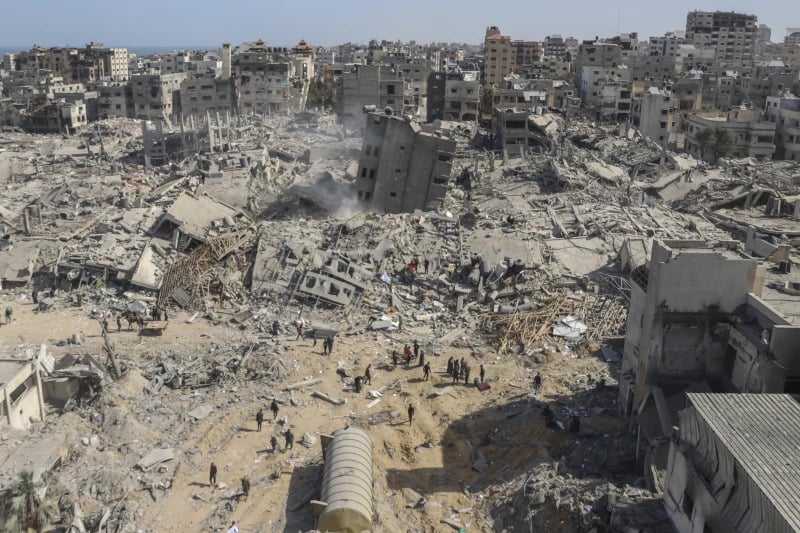
A view of the ruins near Shifa Hospital in Gaza City following an Israeli air and ground attack. Photo: AP
Rami Alazzeh, the author of the report, said he calculated the economic devastation in the first seven months of the war and the time it would take to restore the economy using Gaza's average GDP growth rate from 2007 to 2022.
In late January, the World Bank estimated the damage in Gaza at $18.5 billion, nearly equal to the combined economic output of the West Bank and Gaza Strip in 2022.
A United Nations assessment in September based on satellite footage found that about 25% of buildings in Gaza had been destroyed or severely damaged. The report said about 66% of structures, including more than 227,000 housing units, had suffered at least some damage.
Shelter Cluster, an international coalition of aid providers led by the Norwegian Refugee Council, calculated the time it would take to rebuild all the destroyed homes under the “Gaza Reconstruction Mechanism.” It found that, under that design, it would take 40 years to rebuild all the homes.
Even in the most optimistic scenario, with a projected growth rate of 10 percent, rebuilding Gaza would still take decades, the report said.
According to UNCTAD estimates, Gaza's GDP per capita would return to 2022 levels by 2050 if there were no military activity, free movement of goods and people, significant investment, and a population that grew by 2.8% per year.
A separate report released by the United Nations Development Programme on October 22 said that with major investment and the lifting of economic restrictions, the Palestinian economy as a whole, including the West Bank, could return to normal by 2034.
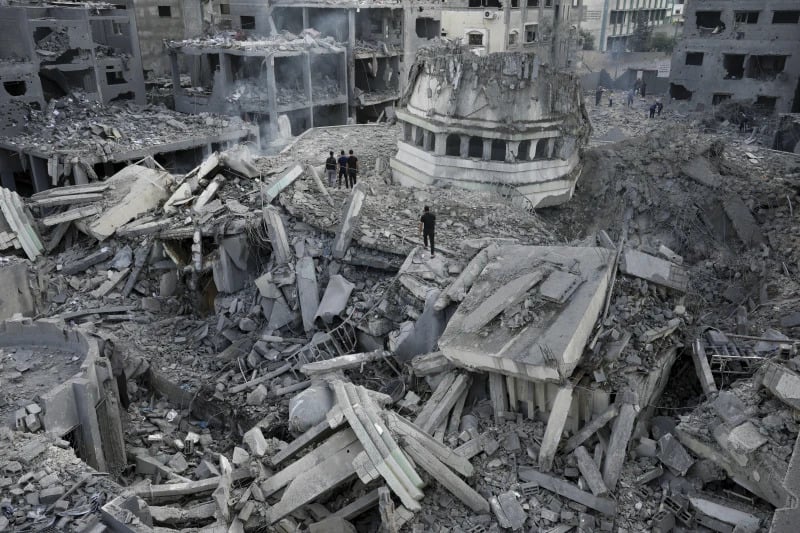
The ruins of the Yassin Mosque after an Israeli airstrike. Photo: AP
But more positive scenarios seem unlikely. Israel is unlikely to lift the blockade as long as Hamas remains present inside Gaza. Prime Minister Benjamin Netanyahu has said Israel will maintain open security control over the territory.
Since May, Israel has controlled all of Gaza's border crossings. UN agencies and humanitarian groups have struggled to get food and emergency aid in because of Israeli restrictions, ongoing fighting and a breakdown of law and order inside Gaza.
There is also no sign that international donors are willing to fund the reconstruction of Gaza while it remains in conflict and under Israeli occupation. Gulf Arab states such as Saudi Arabia and the United Arab Emirates have said they will only do so if there is a path to a Palestinian state, something Netanyahu strongly opposes.
Meanwhile, the war continues with no end in sight. Earlier this month, Israel launched another major operation in northern Gaza, the territory’s worst-hit area, claiming that Hamas had regrouped there.
“Now everyone is calling for a ceasefire, but people forget that once the ceasefire ends, 2.2 million Palestinians will wake up without homes, children without schools, without universities, without hospitals, without roads,” Alazzeh said.
Ngoc Anh (according to AP)
Source: https://www.congluan.vn/gaza-co-the-mat-350-nam-de-tai-thiet-post318261.html





![[Photo] Prime Minister Pham Minh Chinh chairs a meeting on the implementation of the Lao Cai-Hanoi-Hai Phong railway project.](https://vphoto.vietnam.vn/thumb/1200x675/vietnam/resource/IMAGE/2025/5/20/0fa4c9864f63456ebc0eb504c09c7e26)



























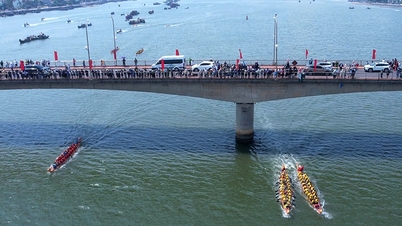



























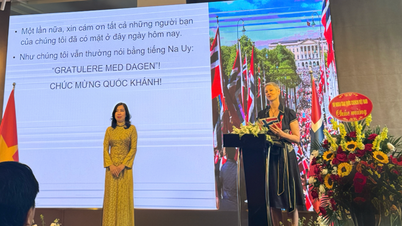







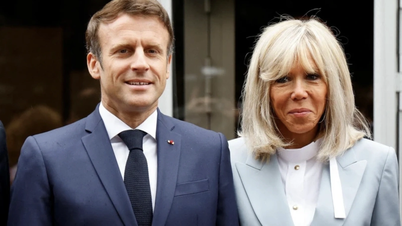
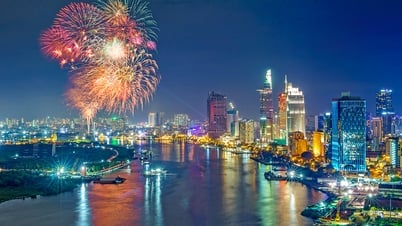
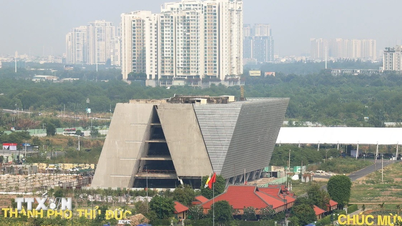















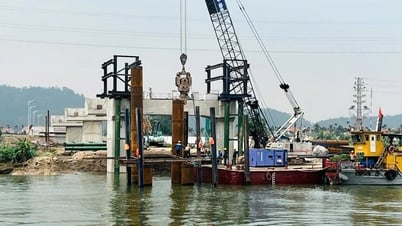

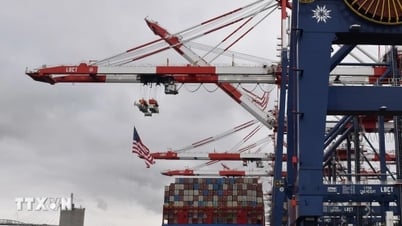














Comment (0)